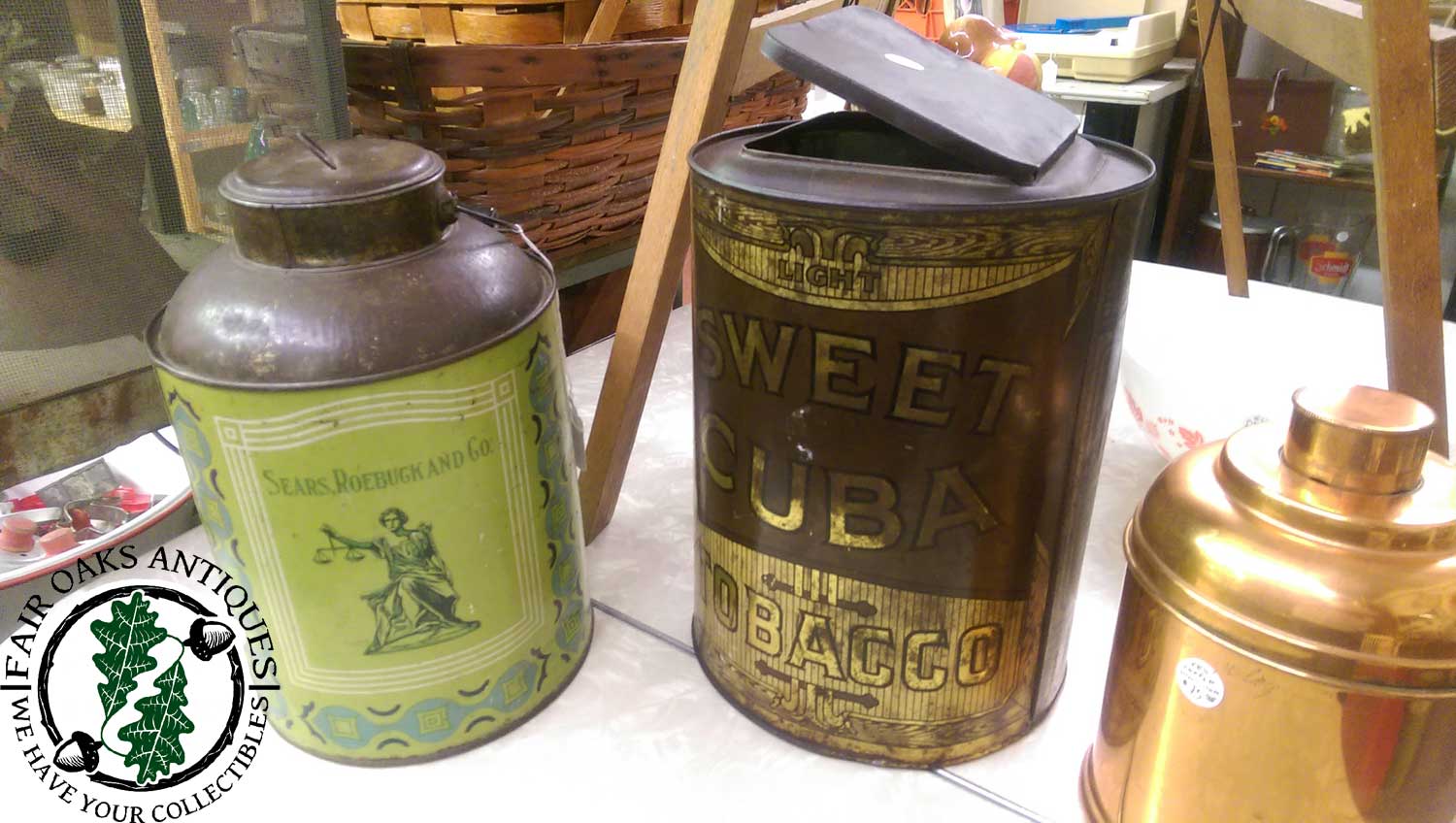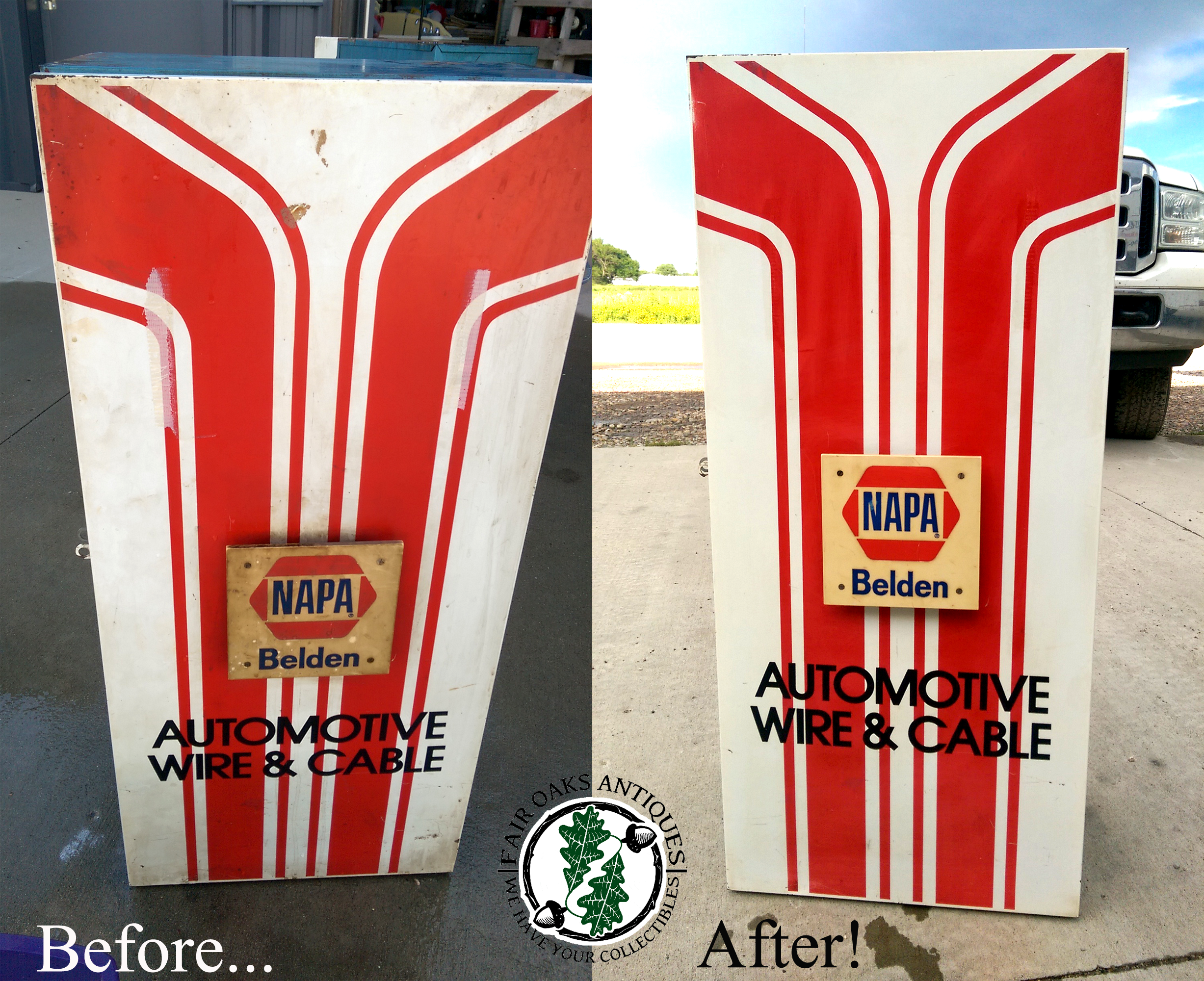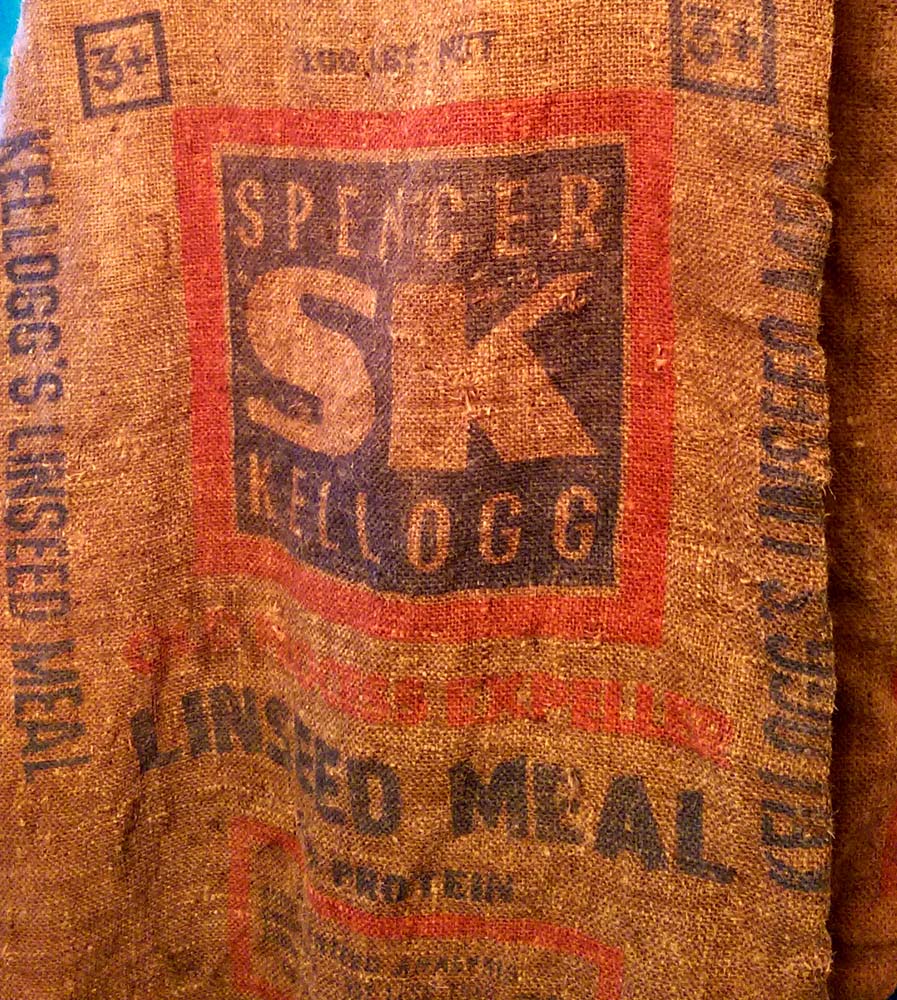Tag: advertising
-
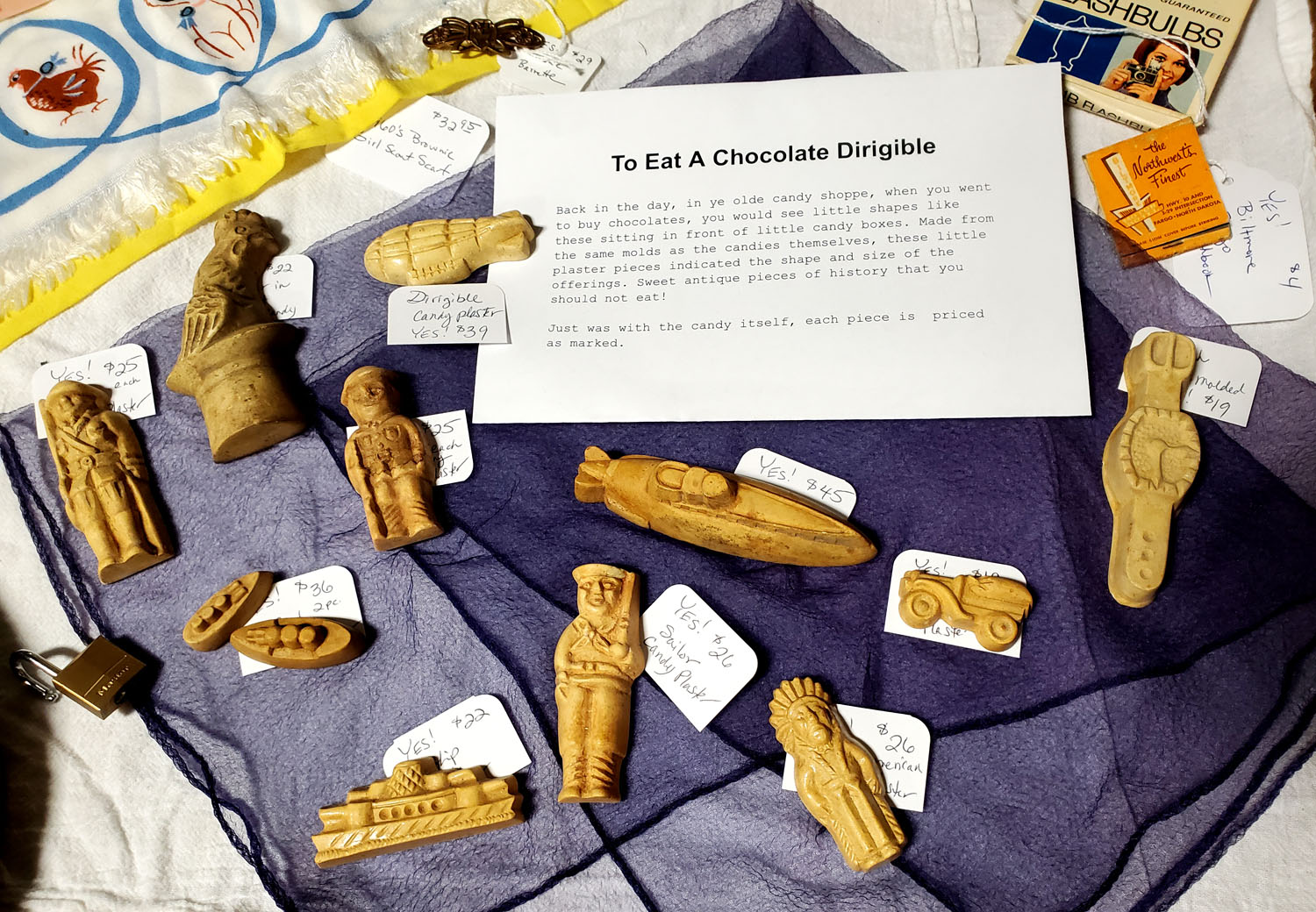
To Eat A Chocolate Dirigible
Back in the day, in ye olde candy shoppe, when you went to buy chocolates, you would see little shapes like these sitting in front of little candy boxes. Made from the same molds as the candies themselves, these little plaster pieces indicated the shape and size of the offerings. One imagines such visual depictions…
-

Celebrating Independent Retailer Month
We’re celebrating Independent Retailer Month – With a sale, of course!! Check out our Etsy Clearance Sale – 30% OFF Select Items! Remember, if you are in the FM area, local pickup can be arranged! Just convo us!
-
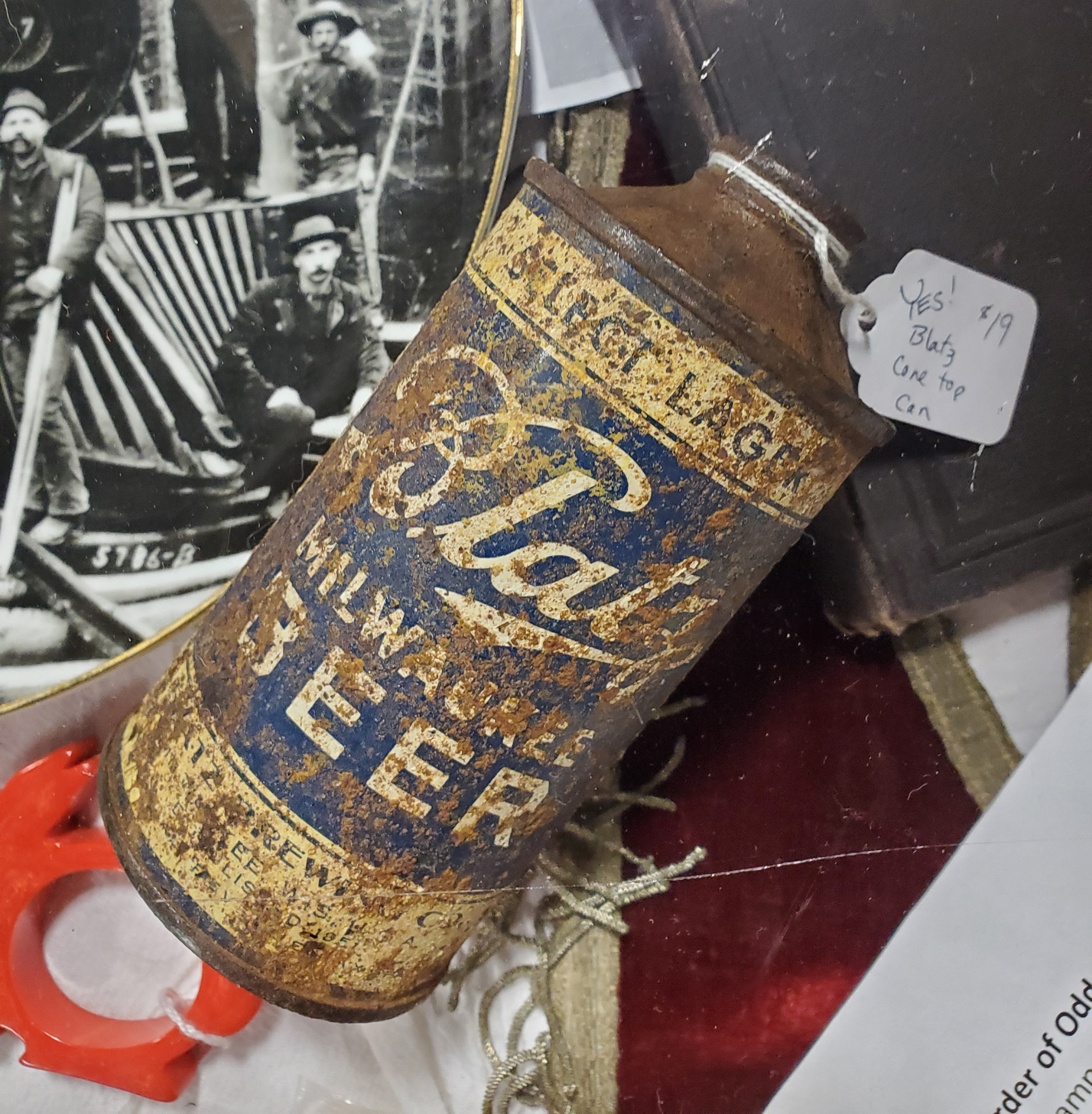
National Beer Can Appreciation Day!
Today is National Beer Can Appreciation Day, honoring the day beer was first put into cans in 1935, and the Farm is celebrating with a New Year’s Old Beers event – featuring a book signing with Alicia Underlee Nelson, of Prairie Style File! She will be signing copies of her book, North Dakota Beer: A Heady History at the shop…
-

Fair Oaks Antiques In The Media – Again 😉
In case you missed our social media posts, Fair Oaks Antiques (that’s us!) has had a busy day in the media today! First, the wifey was quoted in an Inforum story about Fargo Antiques & Repurposed Market, aka “The FARM,” entering its fifth year of business and branching out with events. Deanna Dahlsad, a vendor…
-
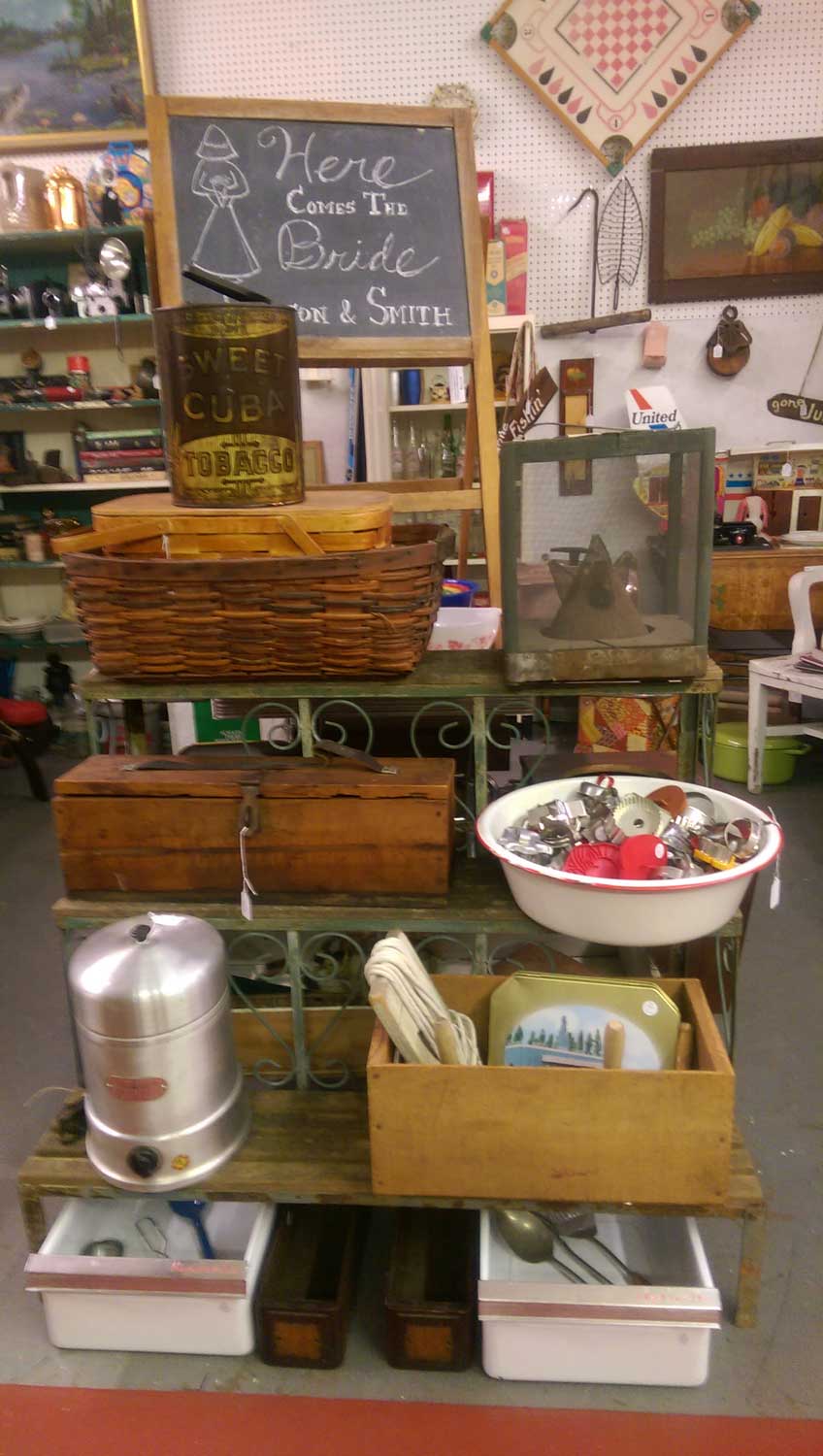
What We Have At SuLaine’s Antique Mall
In case you missed it on our Facebook page, we recently moved into SuLaine’s Antique mall — it’s the largest antiques and collectibles center in Minnesota’s Detroit Lakes area. Here are a few photos from our space (dealer code “YES”).
-
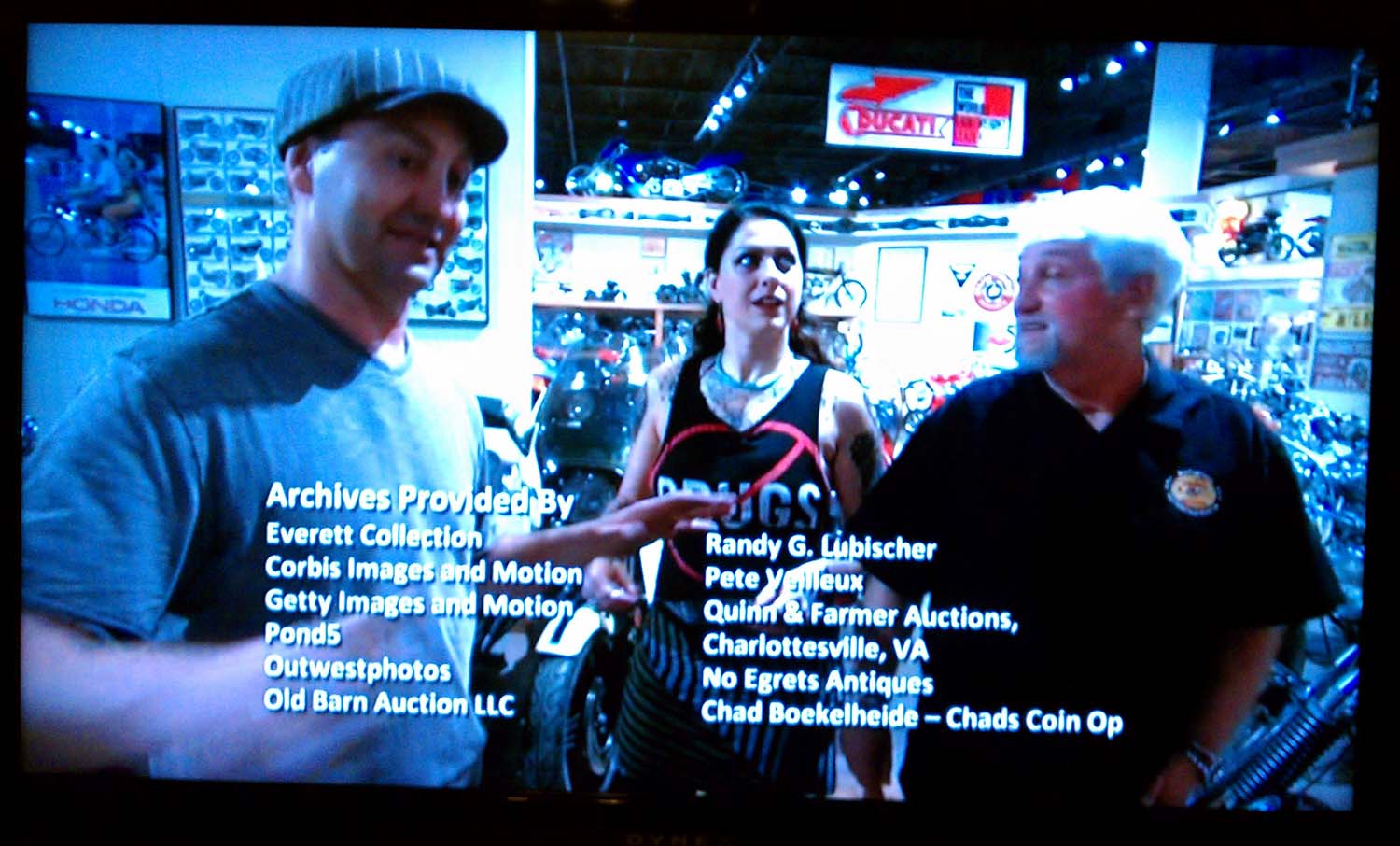
All In The Family — Of Antique Dealers!
My parents, of No Egrets Antiques, were credited on this week’s episode of American Pickers on the History Channel! Their name appeared in the credits as part of the “Archives Provided By” team of experts, which meant they had helped Mike, Frank, and the crew with some research and photographs used on the show. The…
-
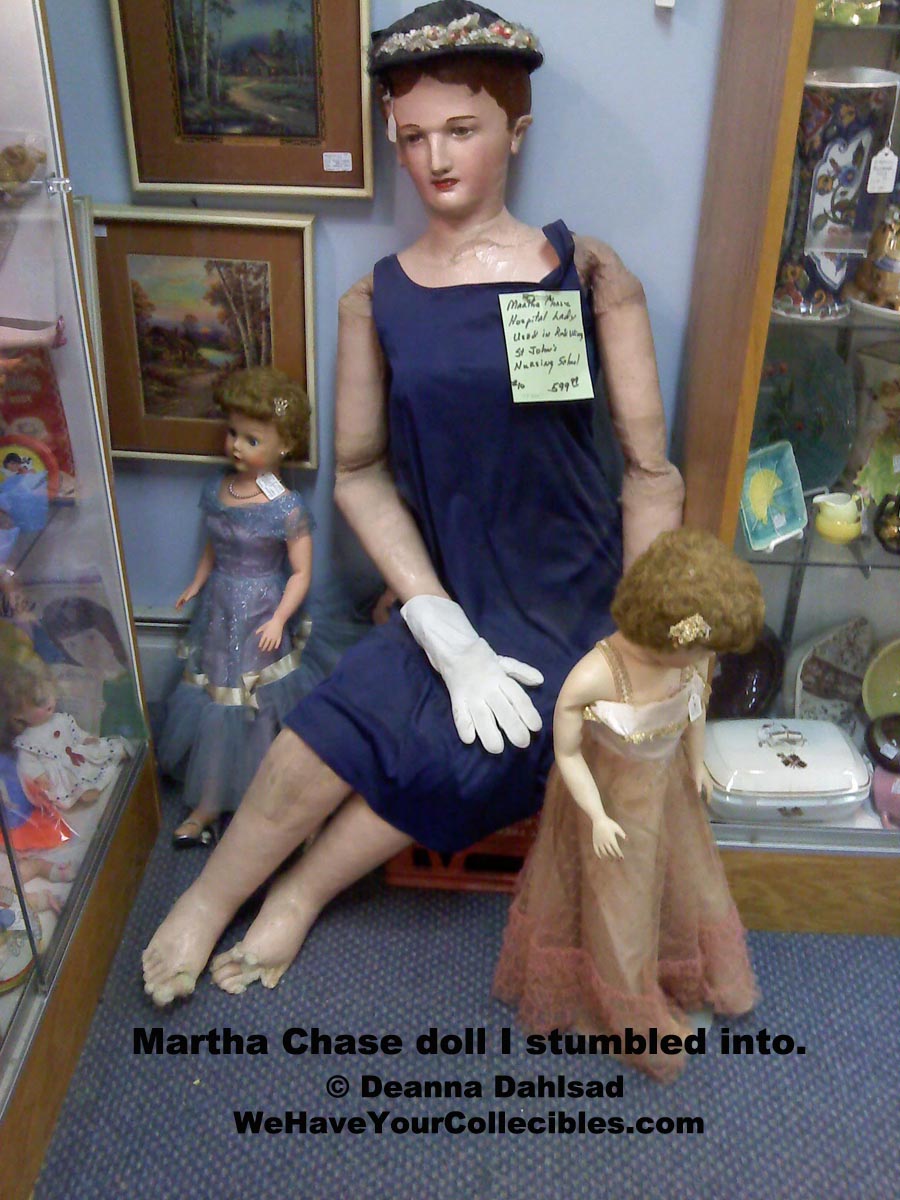
Educational Doll Articles
Just finished my doll articles for the Dolls By Diane newsletter. This time, I write about a large doll I literally was shocked to find — Slumped like that on the floor, I thought she was a person at first! She’s an old Martha Chase doll; but to find out more you’ll need to read…
